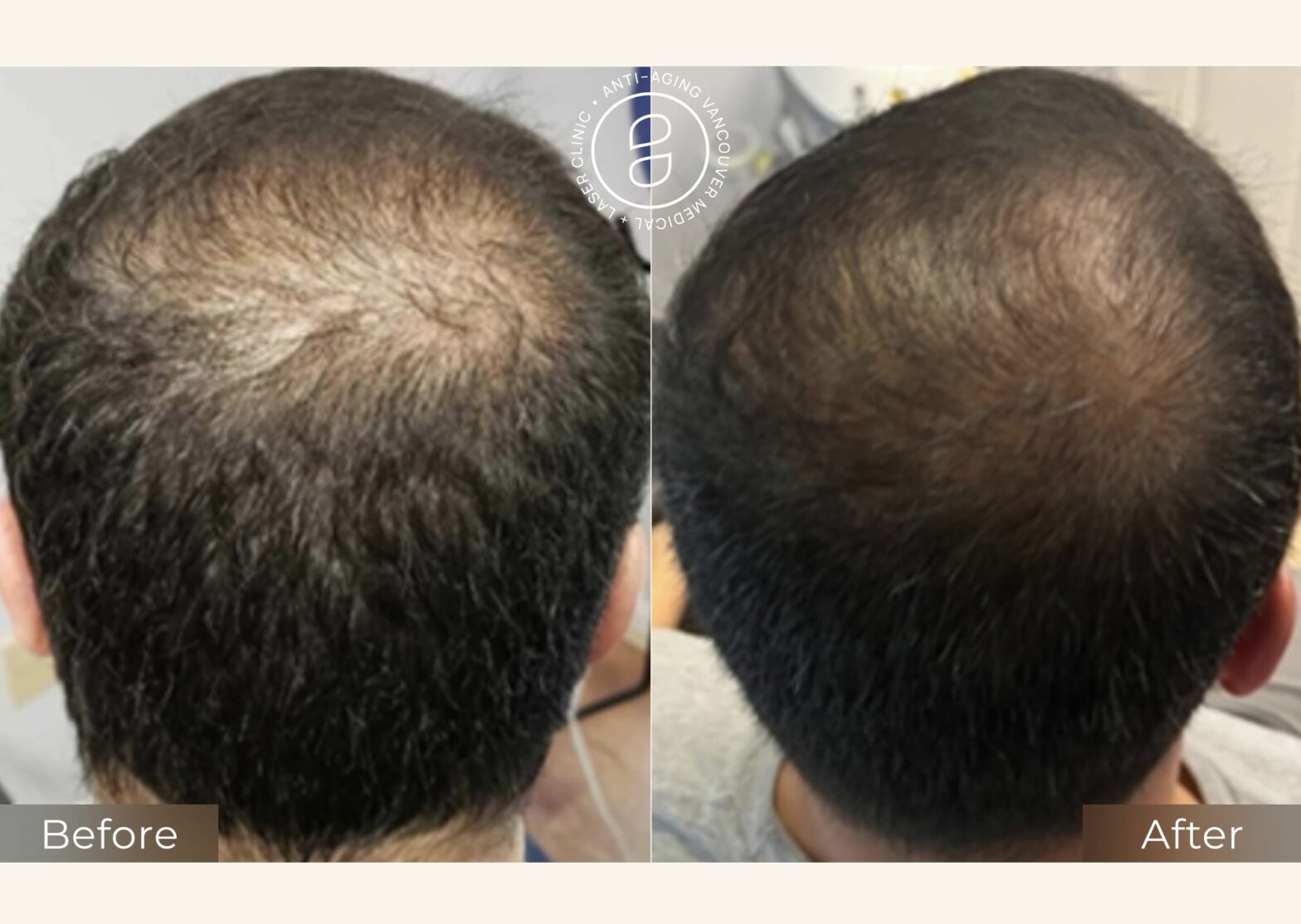

Hair restoration has changed the way people experience confidence and self-image. For many dealing with hair loss, whether due to male pattern baldness, female pattern baldness, or androgenetic alopecia, restoring a fuller head of hair can be life-changing. Yet, one of the most common questions patients ask before a hair transplantation surgery is: how long does hair restoration last?
In this guide, we’ll explore everything you need to know about the hair transplant procedure, hair growth timeline, and key factors that influence how long your transplanted hair will last. We’ll also discuss the role of modern techniques like follicular unit transplantation (FUT) and FUE hair transplant, how to maintain your results, and when to consider a second hair transplant for enhanced density.
If you’re seeking a non-surgical and effective option to encourage thicker, healthier hair, you can explore Alma TED Hair Restoration in Vista, CA. This advanced treatment promotes natural hair growth by stimulating hair follicles gently and safely, offering a solution that helps restore confidence and achieve long-lasting results without surgery.
Hair restoration refers to both surgical and non-surgical methods used to restore natural hair growth in areas affected by thinning or balding. The goal is to achieve natural-looking results that grow just like your original hair.
The most common surgical techniques include:
Both methods use transplanted hair follicles that are genetically programmed to grow permanently. Once implanted, these follicles integrate with the scalp and begin producing new hair growth naturally.
The short answer is: results from hair transplantation can last a lifetime, but their longevity depends on various key factors, including your health, genetics, and aftercare routine.
When performed by an experienced surgeon, a hair transplant surgery provides a permanent solution to baldness. The transplanted hair continues to grow just like normal hair because it comes from areas resistant to the hormone DHT — the main cause of hair loss in androgenetic alopecia.
However, while the transplanted area is permanent, non-transplanted hair around it may continue to thin over time. That’s why maintaining scalp health and following your doctor’s instructions are crucial for long-lasting hair transplant results.
Every patient’s hair growth cycle is unique, but here’s what you can expect after hair restoration surgery:
Immediately after hair transplant surgery, mild swelling and redness are common. During the first few weeks, the newly transplanted hair follicles may enter a phase called shock loss, where some hair temporarily sheds. This is a normal part of the healing process and allows new, stronger hair to grow.
Tiny hairs begin to emerge from the transplanted area. At this point, your hair density may still appear thin, but this marks the beginning of new growth.
Most hair transplant patients see noticeable new hair growth during this phase. The follicles strengthen, and your natural hairline becomes more defined.
By this stage, hair transplantation produces its final outcome — a thicker, fuller head of hair that blends seamlessly with your existing strands. The transplanted hair will grow naturally, just like the rest of your scalp hair.
Yes, hair restoration surgery is designed to be permanent. The donor hair used during a follicular unit transplantation or FUE hair transplant comes from areas genetically resistant to hair loss. Once relocated, these follicles maintain their DHT resistance, ensuring long-lasting hair growth.
However, the duration of your results also depends on:
Your genetics play a huge role in determining how your existing hair behaves after surgery. While transplanted hair is permanent, untreated areas may still experience future hair loss due to male pattern baldness or hormonal changes.
The thickness, density, and health of your donor area directly influence how well your transplanted hair follicles survive and grow.
An experienced surgeon ensures each follicular unit is placed at the right angle, depth, and density for natural-looking results. Choosing a skilled doctor can prevent complications and ensure better hair transplant longevity.
Your aftercare routine is crucial for smoother recovery and sustained hair growth. Patients are advised to:
A healthy diet rich in protein, iron, and vitamins supports stronger hair follicles. Regular exercise boosts scalp circulation, promoting healthy hair and reducing thinning hair.
Some hair transplant patients combine their treatment plan with hair loss medications like minoxidil or finasteride to maintain both existing hair and transplanted hair for longer-lasting results.
Both FUE hair transplant and follicular unit transplantation (FUT) deliver lasting results, but they differ slightly in approach and healing:
Longevity-wise, both techniques are comparable — what matters most is the experienced surgeon performing the aesthetic surgery and your post-treatment care.
While hair transplant results are long-lasting, some patients may consider a second hair transplant years later. This is often due to:
If you experience future hair loss, a second procedure can fill gaps and enhance overall hair density.
To make your hair restoration journey successful and long-lasting, follow these proven tips:
Hair transplantation is a transformative medical procedure, but it’s important to have realistic expectations. While the transplanted hair is permanent, it will follow your body’s natural aging process, meaning some thinning may still occur over decades.
However, with a personalized treatment plan and professional care, you can maintain beautiful, natural-looking results for many years.
The results of hair restoration can last a lifetime when performed by skilled professionals and supported by proper care. Whether through follicular unit transplantation (FUT) or FUE hair transplant, patients enjoy permanent new hair growth, improved confidence, and a more youthful appearance.
At ReVIDAlize Center, our specialists use advanced technology and personalized approaches to deliver exceptional hair transplant results. From consultation to aftercare, we ensure every step of your hair restoration journey is safe, effective, and tailored to your needs.
To learn more about lasting, natural results, visit ReVIDAlize Center and explore Alma TED Hair Restoration in Vista, CA a cutting-edge, non-invasive treatment that stimulates healthy, long-term hair growth for men and women alike.